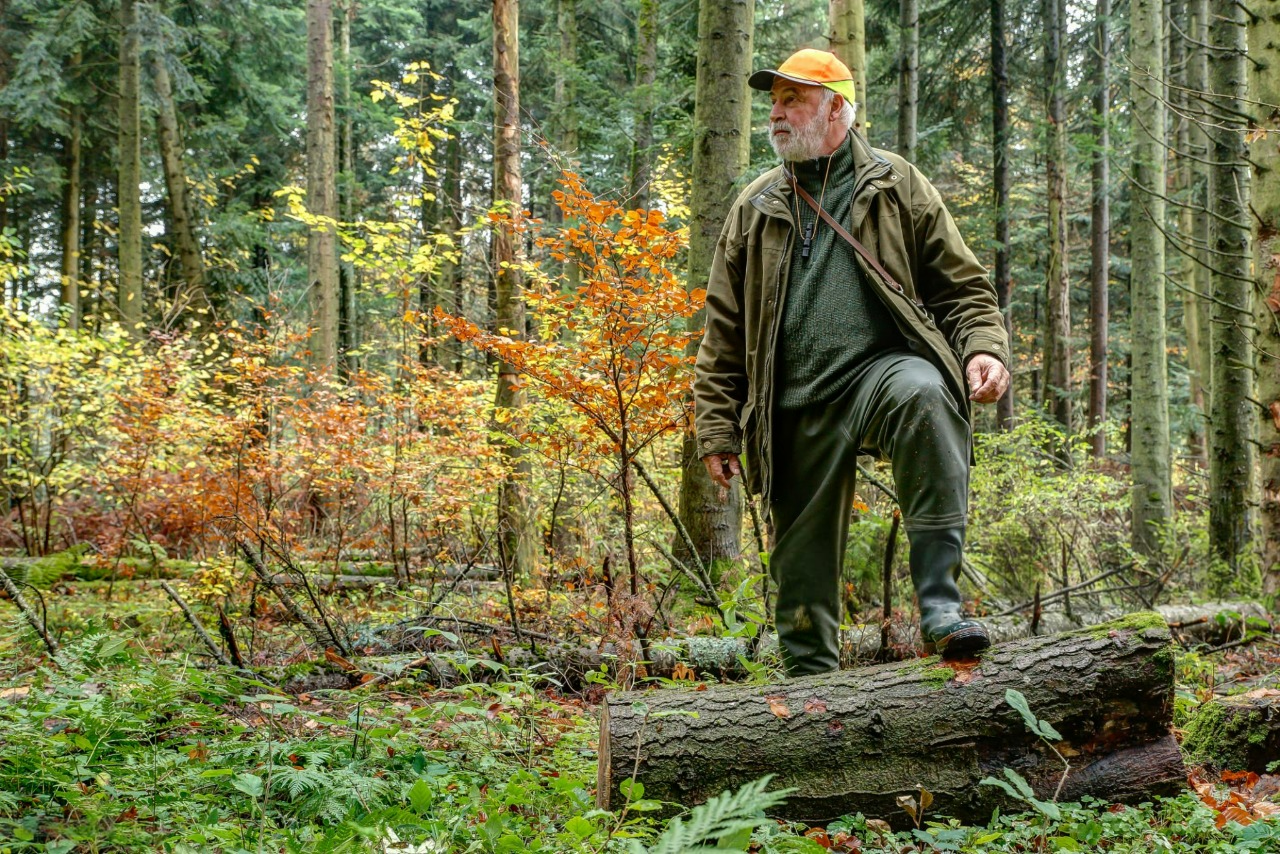Meta Description: Learn how to pick the perfect hunting boots for cold, wet, or rugged conditions. Discover key features, seasonal tips, and expert advice to hunt in total comfort.
👣 Your Feet Matter More Than You Think
Ask any experienced hunter and they’ll tell you—nothing ruins a day in the woods faster than sore, wet, or frozen feet. That’s why choosing the right hunting boots is just as important as selecting your firearm or camo. The wrong boots can lead to blisters, cold toes, or even dangerous slips. But the right ones? They’ll keep you focused, fast, and field-ready.
🔍 Key Features to Look for in Hunting Boots
When shopping for your next pair of hunting boots, keep these features top of mind:
🧵 1. Material
- Rubber: Best for wet and muddy terrain. Fully waterproof.
- Leather/Nylon: Ideal for hiking, stalking, and rough ground. Offers durability and breathability.
- Neoprene: Flexible, waterproof, and excellent for insulation.
🌡️ 2. Insulation Level
Choose insulation based on the season and your activity level:
| Insulation | Best For |
|---|---|
| 0g – 400g | Early season, active hunting |
| 600g – 1000g | Mid-late season, cold mornings |
| 1200g – 2000g | Freezing temps, treestand or still hunting |
💧 3. Waterproofing
Make sure your boots are fully sealed. Look for brands with Gore-Tex, neoprene linings, or rubber construction to keep moisture out.
🧼 4. Scent Control
Rubber boots are naturally scent-free, but some models also include activated carbon linings or antimicrobial treatments—ideal for big game hunting like whitetail.
🦶 5. Fit and Comfort
Never underestimate the importance of fit. A hunting boot should feel snug but not tight. Consider arch support, heel lock, and whether you’ll wear thick socks.
🍂 Seasonal Boot Recommendations
🏞️ Early Season (September–October)
- Lightweight boots with little to no insulation
- Breathable materials like mesh/leather combos
- Good traction for active movement
✅ Try: Irish Setter VaprTrek, Under Armour HOVR Dawn
❄️ Mid to Late Season (November–December)
- Medium insulation (800g–1000g)
- Waterproof and breathable lining
- Scent control important for deer hunting
✅ Try: HISEA Insulated Rubber Boots, Danner Pronghorn 800g
🧊 Late Season/Winter (December–February)
- Heavy insulation (1200g+)
- Full rubber or neoprene construction
- Fleece or thermal liners to retain heat
✅ Try: Lacrosse Alphaburly Pro 1600G, Muck Boot Arctic Pro
🧠 Pro Tips from Seasoned Hunters
- Break in your boots before opening day — wear them on hikes or in the yard.
- Double up socks smartly — start with a thin moisture-wicking layer, then a thicker wool layer.
- Don’t forget boot dryers — especially if you hunt multiple days in a row.
- Consider boot height — taller shafts protect against snow, brush, and creek crossings.
🔥 Reader’s Choice: Top Brands to Explore
- HISEA – Affordable, solid insulation, scent control options
- Muck Boot – Excellent for marsh and wetlands
- Lacrosse – Premium durability and warmth
- Danner – Western hunting and tough terrain
- Crispi – High-end mountain hunting boots
- TideWe – Budget-friendly and fully waterproof
🎯 Final Thoughts: Don’t Skimp on Your Boots
If you’re serious about hunting, invest in boots that match your terrain, your game, and your hunting style. Your success—and your safety—often starts with your feet. Whether you’re chasing turkeys in the spring or tracking elk in December snow, there’s a pair of hunting boots made for the job.
🧭 Browse Our Full Collection
Looking for personalized boot recommendations by state, terrain, or game? Explore our full Hunting Boots Guide for 2025!


